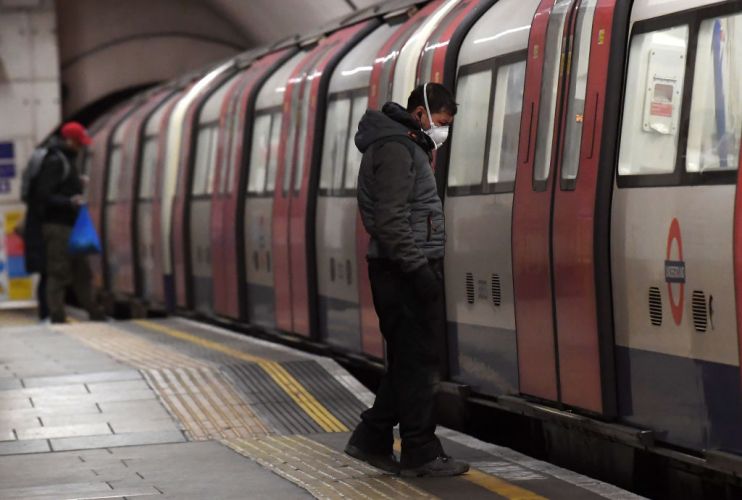Shaun Bailey: Three steps London must take to protect key workers on the Tube

Imagine being a key worker taking the Tube tomorrow morning.
A 20-minute wait for the next train — if you manage to get on. A carriage so overcrowded that you’ve got no hope of social distancing. And then a rush to your hospital, your police station, your school.
We’re asking key staff to put their health on the line at work. Why are we forcing them to put their health on the line during the rush hour commute?
It’s obvious that London’s public transport is failing the people who need it most — doctors and nurses, police officers and teachers. The very same people we need the most during the UK’s coronavirus crisis.
So now would be a good time for Sadiq Khan to act. But the only plan he has announced is to reduce services even further, which doesn’t make any sense.
Trains won’t become less congested by making them less frequent. We won’t make it safer to get to work by making it harder to get to work.
I know it’s a difficult time. I know that lots of people are self-isolating or ill. And I know that some people are taking the Tube when they don’t need to. But restricting Tube services clearly isn’t the answer.
At times like this, we’ve got a responsibility. Key workers are going out to fight coronavirus every single day — our job is to make sure they win.
So instead of reducing services even further, here’s what the mayor should do.
First, he should get recently retired Tube drivers and engineers to come back to work temporarily.
They’ve got the skills and qualifications. And as an incentive, TfL can pay them time-and-a-half.
This is not unprecedented. Recently retired medical staff have gone back to work, helping to keep the NHS going. So why not the same for train drivers? With the right encouragement, at least 139 drivers and engineers could come back and man London’s transport.
Second, the mayor should put every Night Tube driver onto daytime shifts. Even if a third are ill or self-isolating, that still means around 50 extra Tube drivers. Right now, that would make a massive difference.
Third, the Mayor should use station managers from the 40 Tube stations he closed. The managers can be sent to the stations still in operation, helping their colleagues deal with overcrowding.
Transport for London (TfL) has usable reserves of £1.63bn. That’s more than enough money to bring back retired workers. And there’s no reason to wait. TfL saved those reserves to deal with emergencies. By anyone’s standards, we’ve got an emergency situation on our hands.
If the mayor implements these measures, we could get a few more Tube services going every hour. While that might not sound like a lot, it would ease overcrowding and make commutes safer.
London is many things, but most of all it’s a community. You see it every day — volunteers helping at homeless shelters, neighbourhoods teaming up to tackle crime.
When I was a youth worker, I discovered the value that comes with a sense of community. The kids I helped came from different backgrounds, had different experiences. But the turning point in their lives was always the same. It was when they saw the damage that crime does to their local community.
Now it’s our turn to think about the entire London community. If we’re doing something that hurts one part of our community, then it’s hurting every part of our community. That’s why the mayor urgently needs to rethink his plans. Let’s bring recently retired workers back, let’s restore Tube services, and let’s do it now.
Key workers are putting themselves in harm’s way to fight this virus. The least we can do is give them a safe and timely journey to work.